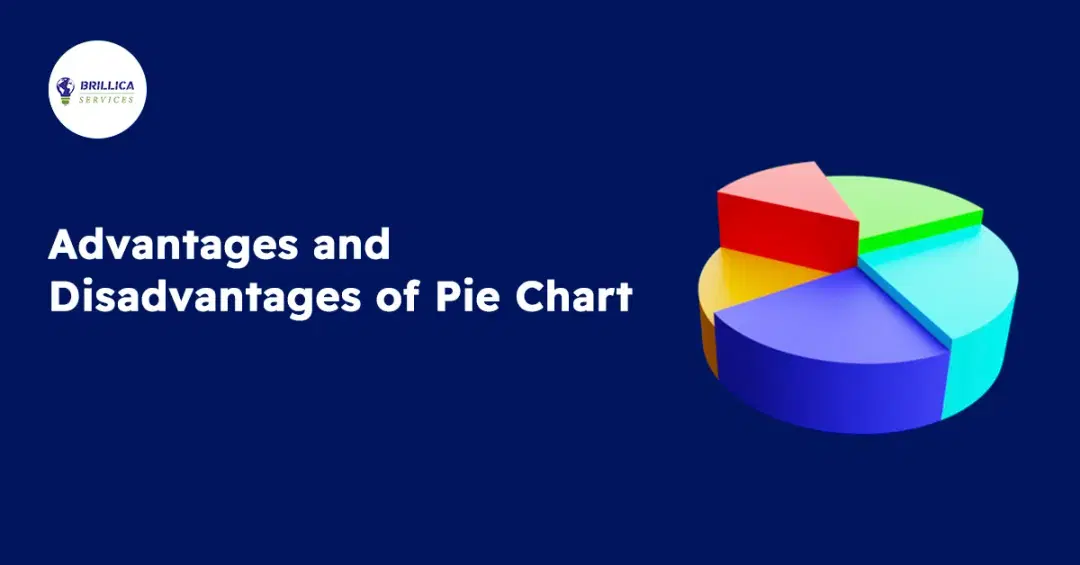Introduction
Power BI is a powerful tool for data visualization, and at its core lies DAX (Data Analysis Expressions), a formula language that enables dynamic calculations and data transformations. However, many learners struggle with understanding key DAX concepts, especially the difference between calculated columns and measures, the use of complex functions like FILTER, CALCULATE, SUMX, and ALL, and the crucial topic of context transition. This blog aims to break down these concepts in a simple yet practical way.
Understanding Calculated Columns vs. Measures
One of the most common sources of confusion in DAX is the difference between calculated columns and measures. Both are used to create new data points, but their use cases and performance impact vary significantly.
Calculated Columns
A calculated column is created at the row level within a table. The calculation is performed when the column is added, and it is stored as part of the dataset. This means that calculated columns increase file size and are best used when the result needs to be persistent in the model.
For example, if you need a new column for Full Name by concatenating first and last names:
Full Name = Customers[First Name] & " " & Customers[Last Name]
Measures
A measure, on the other hand, is a dynamic calculation that is performed only when used in a visual. Measures are optimized for performance because they do not store results in the table but compute them on the fly.
For example, if you need to calculate Total Sales, you can use:
Total Sales = SUM(Sales[Revenue])
Key Differences:
- Calculated columns are evaluated at the row level and stored in the table.
- Measures are evaluated at the aggregation level and computed when needed.
- Performance-wise, measures are more efficient because they do not increase data storage.
- Usage-wise, calculated columns are useful for static calculations, while measures are preferred for dynamic aggregations.
Exploring Complex DAX Functions
DAX provides a variety of functions, but some of the most commonly used and misunderstood ones include FILTER, CALCULATE, SUMX, and ALL. Let’s break them down with examples.
FILTER
The FILTER function returns a subset of a table that meets a specific condition. Unlike simple filters applied in visuals, this function is used inside CALCULATE or SUMX to modify filter context.
For example, to get sales greater than $1000:
High Sales Count = COUNTROWS(FILTER(Sales, Sales[Revenue] > 1000))
CALCULATE
The CALCULATE function stands out as one of the most powerful tools in DAX. It modifies the context in which the data is evaluated.
For example, to get total sales for a specific product category:
Total Sales of Electronics = CALCULATE(SUM(Sales[Revenue]), Sales[Category] = "Electronics")
Key takeaway: CALCULATE is essential for defining dynamic aggregations with custom filters.
SUMX
The SUMX function performs row-by-row calculations before aggregating the results. It is useful when dealing with expressions that require iteration over a table.
For example, calculating Total Profit based on Revenue and Cost:
Total Profit = SUMX(Sales, Sales[Revenue] - Sales[Cost])
When to use SUMX: If the calculation depends on multiple columns per row before aggregation.
ALL
The ALL function is used to remove existing filters in a calculation. It is useful when calculating total values ignoring any slicers or filters applied in visuals.
For example, calculating percentage of total sales:
Sales % = DIVIDE(SUM(Sales[Revenue]), CALCULATE(SUM(Sales[Revenue]), ALL(Sales)))
This ensures the denominator considers the entire dataset without any filters.
Context Transition: Row Context vs. Filter Context
One of the trickiest concepts in DAX is context transition, which refers to how DAX evaluates values differently based on row or filter context.
Row Context
Row context means that a formula is applied one row at a time. It is mostly seen in calculated columns and row-by-row functions like SUMX.
For example, in:
Profit = Sales[Revenue] - Sales[Cost]
This formula is evaluated row by row for each entry in the table.
Filter Context
Filter context refers to the set of filters applied in a calculation, either by visuals or explicitly in the DAX formula.
For example, in a measure:
Total Revenue = SUM(Sales[Revenue])
The total revenue calculation changes dynamically based on filters applied in a report (e.g., by region or product category).
How Context Transition Works
Context transition occurs when CALCULATE is used inside a row context, converting it into a filter context.
For example:
Total Sales per Product = CALCULATE(SUM(Sales[Revenue]))
If used inside a calculated column, this function transforms the row context into a filter context, making the calculation dynamic.
Common Mistakes and Best Practices
- While working with DAX, students often make these mistakes:
- Using calculated columns instead of measures, leading to unnecessary data bloat.
- Forgetting context transition, which results in incorrect calculations.
- Overusing FILTER inside CALCULATE, which can slow down performance.
- Ignoring performance optimization, especially with large datasets.
Best Practices:
- Use measures instead of calculated columns whenever possible.
- Leverage SUMX only when row-by-row calculations are necessary.
- Optimize performance by minimizing the use of FILTER and ALL where not needed.
- Understand how CALCULATE changes the filter context to avoid unexpected results.
Conclusion
DAX is a powerful language that enables advanced analytics in Power BI, but it comes with its complexities. Understanding the difference between calculated columns and measures, mastering functions like FILTER, CALCULATE, SUMX, and ALL, and grasping context transition are crucial steps toward writing efficient DAX formulas. By applying these concepts correctly, you can unlock deeper insights and enhance your Power BI reports.
If you're looking to deepen your understanding of DAX with practical, hands-on guidance, check out Brillica Services Power BI courses, designed to help professionals master business intelligence and data analytics.







